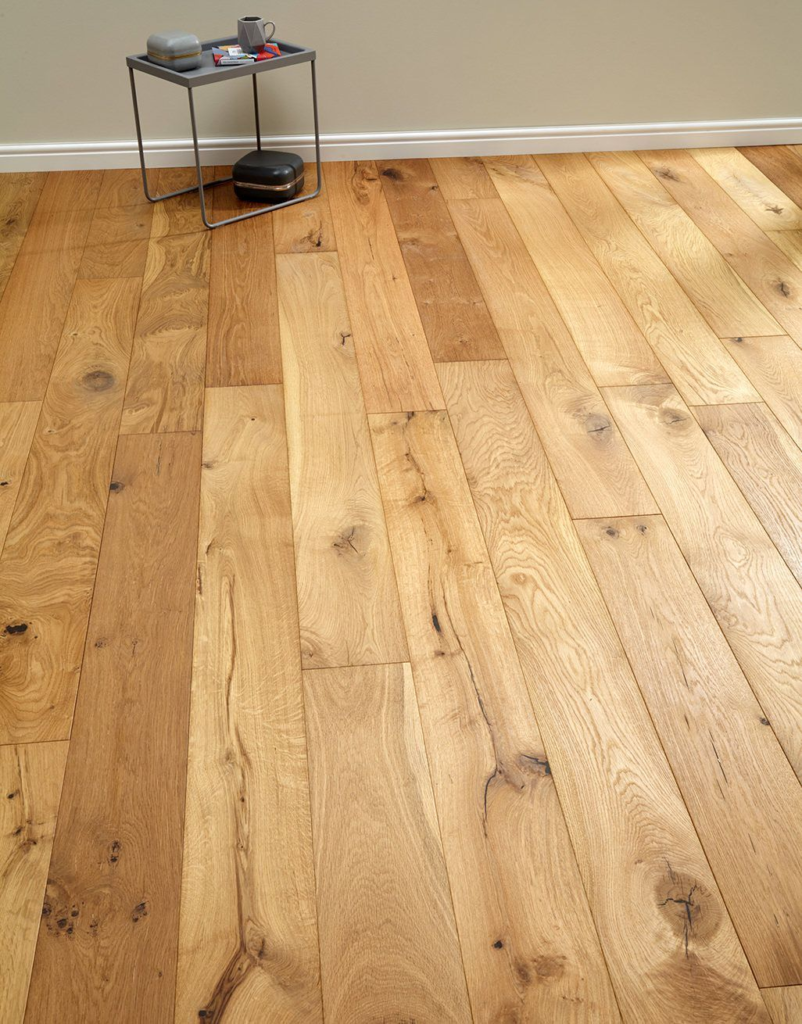
Why is my laminate floor bouncy?
Problems like laminate bouncy can appear, even though laminate flooring is known for being durable and resilient – for instance, laminate flooring that feels bouncier than you’d expect. We’d never expect this from a Tape product installed by one of our expert fitting partners, but if you do – what’s going on?
This guide will talk you through the different issues that could cause laminate flooring to feel bouncy. We’ll discuss our top tips to prevent your laminate floor from feeling bouncy in the first place, so it doesn’t turn into a troublesome trampoline.
Ways to Fix Bouncy Laminate Flooring
In 2019, laminate flooring sales in the US amounted to $898 million. The reason for laminate flooring’s continuously growing popularity is because of its durability. Since high-maintenance materials like solid hardwood, engineered hardwood, and bamboo can’t be installed in many areas in the home, laminate flooring is a viable option that mimics the appearance of these materials.
However, one of the most common problems that come with installing floating floors at home is that they tend to become bouncy. Although it’s not a huge concern for homeowners most of the time.

1. Fix Gaps With Vinyl Putty
Gaps in a laminate floor can be caused by an uneven subfloor, improper installation of flooring underlayment, or temperature changes. When dealing with small gaps less than 1/8th of an inch on the end of a plank or along the edge of a plank, the application of vinyl putty can provide an effective fix.
Make sure the shade of putty you choose matches the floor as closely as possible. However, you can mix 2 or even 3 colors together in order to get the desired color.
Start with vinyl putty that’s darker than your floor, then mix with putty of a lighter shade until you achieve the desired hue. Wearing gloves, squeeze out a small amount of the darker putty from the tube onto a paper plate. A small putty knife is a good tool to use for mixing. Add the lighter putty in small increments until you reach the desired shade for your floor repair. If two colors don’t render the right color, try mixing in a third.
If you need help choosing colors, speak with a knowledgeable associate in your local flooring store.
2. Addressing the Moisture Issues
One of the main reasons why floating floors like laminate may bounce is because of temperature and moisture issues. If there are water or roof leaks in the room where the laminate flooring was installed, make sure to solve it immediately before it causes more damage to the floors or the home.
It’s also crucial to look out for sudden spills on the surface. Clean all spills as soon as they pour. Also work towards avoiding wet mopping and keeping a garden adjacent to the room with laminate floors. Regulate the levels of humidity in a room with appliances and special devices to prevent the floating floors from becoming bouncy.

3. Adding Bridging
Adding bridges (or X-bracing) allows the joists underneath the flooring to share the weight on the surface. Check the original bridging first to see if any of them are loose. Repair the loose bridging using nails and screws.
If this doesn’t solve the problem, add a new row on the side of the existing bridging to stiffen the floors. If the joists span 12 ft., install additional bridging on the rows 4 ft. and 8 ft. from the foundation floor. You can also install bridging in the span’s center.
4. USE A DUAL SUCTION CUP GLASS LIFTER
This awesome and inexpensive tool ($9) can be used to eliminate gaps in laminate flooring, even the larger ones. Use the powerful dual vacuum power of this versatile tool to grip an installed plank, then tap the handle with a rubber hammer. Continue tapping until the gap in the flooring closes. Repeat this process with all gapped planks in the floor, working from one side of the floor to the other.
5. Adding a Beam or Wall
Joists that span longer experience more deflection. By placing a wall under the joists, you can divide the span and the floor above that area becomes stiffer. When building the wall, place the stud tightly under the joist.
Installing a beam is another option if building a new wall isn’t feasible. However, they can be a lot of work compared to adding walls. When installing beams, it’s important to support them by adding adjustable metal posts or wood posts that are spaced 10 ft. away from each other. These posts also need footings to rest on the concrete slab. If the home has l-joists, add blocks between the beam and subfloor at every joist.
6. Replacing Boards
Sometimes the main reason why bouncy floors occur is because of the boards themselves. If they are already bouncy because of severe water damage, replacing them might be the best option. Make sure to trim them a bit if they are placed along the walls to give them some space for expansion.



